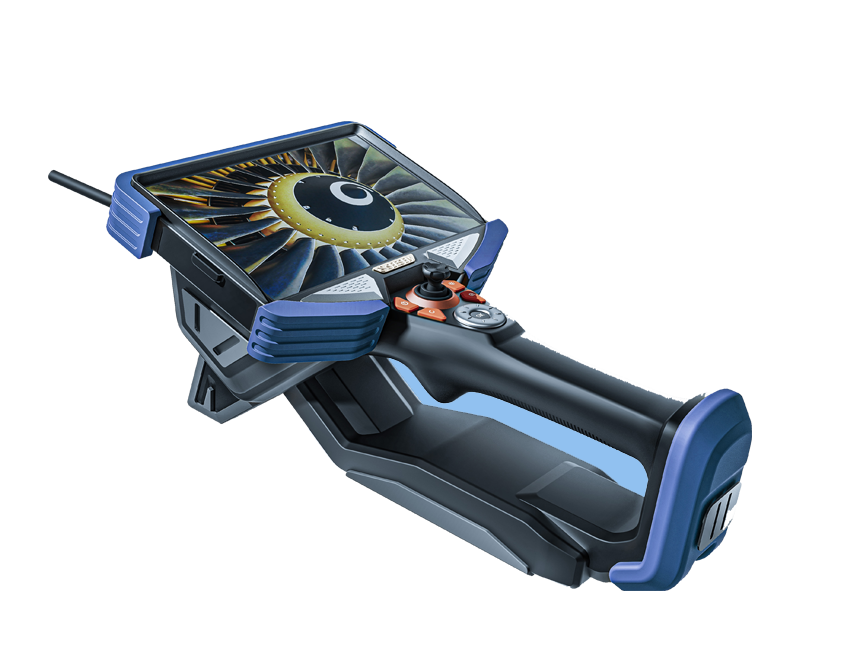Video borescopes have revolutionized visual inspection processes across various industries. These versatile devices offer numerous advantages and play a crucial role in diagnosing and inspecting hard-to-reach areas. This article will explore the benefits and applications of video borescopes.
Advantages of Video Borescopes:
- Enhanced Visual Inspection: Video borescopes provide high-resolution images and videos of internal components, allowing for detailed inspection without the need for disassembly. This non-destructive testing method helps identify defects, anomalies, or potential issues in real-time.
- Flexibility and Accessibility: Video borescopes are designed with flexible insertion probes, enabling access to confined spaces, narrow openings, and complex geometries. Their slender and maneuverable design allows for inspection in pipes, turbines, engines, and other challenging areas, reducing the need for costly dismantling.
- Real-time Image and Video Capture: These borescopes offer the ability to capture images and record videos during inspections. This feature enables documentation, analysis, and sharing of findings for further evaluation or collaboration with experts, enhancing decision-making and problem-solving processes.
- Adjustable Illumination: Built-in adjustable LED lights in video borescopes ensure clear visibility in dimly lit or dark environments. The ability to adjust the intensity of the illumination enhances image quality and ensures accurate inspection even in challenging lighting conditions.
- Cost and Time Efficiency: Video borescopes significantly reduce the time and cost associated with traditional inspection methods. Instead of disassembling equipment or structures, video borescopes allow for efficient and non-intrusive inspections, minimizing downtime and avoiding unnecessary repairs or replacements.
Applications of Video Borescopes:
- Industrial Inspections: Video borescopes are extensively used in industries such as manufacturing, aerospace, automotive, and energy. They facilitate inspections of engines, turbines, pipelines, welds, and other critical components, ensuring operational efficiency and preventing potential failures.
- Maintenance and Quality Control: Video borescopes play a vital role in routine maintenance inspections, verifying the condition of machinery, equipment, and infrastructure. They aid in detecting signs of wear, corrosion, cracks, or other defects, allowing for timely repairs or replacements and ensuring product quality and safety.
- Medical and Veterinary Diagnostics: Video borescopes find applications in medical and veterinary fields for non-invasive examinations. They assist in visualizing internal organs, conducting minimally invasive procedures, and diagnosing conditions in humans and animals, enabling accurate diagnoses and appropriate treatments.
- Aerospace and Defense: Video borescopes are crucial for inspecting aircraft engines, avionics, and other components. They help detect any anomalies or foreign objects that could compromise safety and performance, ensuring the airworthiness and reliability of aircraft.
Conclusion: Video borescopes offer a multitude of advantages, including enhanced visual inspection, flexibility, real-time image capture, adjustable illumination, and cost efficiency. Their applications span various industries, including manufacturing, maintenance, medical, and aerospace, contributing to improved safety, efficiency, and diagnostic capabilities. With ongoing advancements in technology, video borescopes continue to evolve, providing valuable insights into inaccessible areas and driving advancements in inspection processes.


